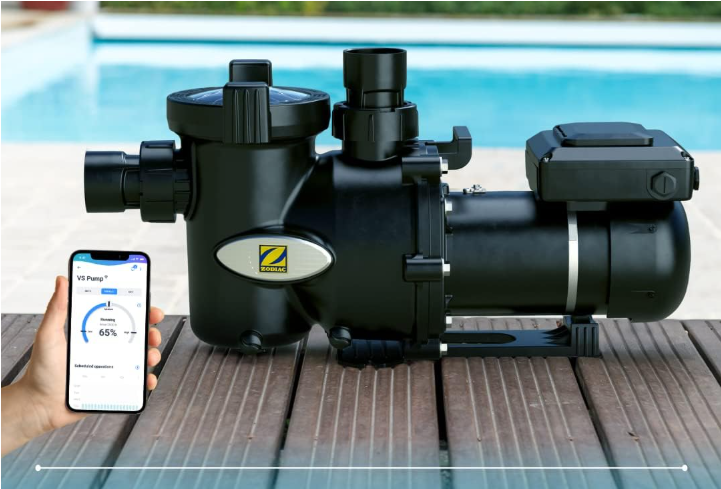Installation, maintenance, and repair of the pump must always be carried out by a qualified technician with expertise in electricity and hydraulics to ensure safe and correct handling.
Key recommendations
Proper installation location
Install the pump away from combustible materials and ensure adequate ventilation around it. This helps prevent hazards and allows the pump to operate efficiently.
Regular inspection
Check the pump and its components regularly for signs of wear or damage, such as cracks in the housing or a blocked debris basket. Keeping these parts in good condition is essential for long-term performance.
Annual maintenance checks
A yearly inspection is recommended to verify the condition of the mechanical seal and the proper functioning of all electrical connections.
Corrosion and leakage
Inspect the pump for any signs of corrosion or leakage, especially around seals and connectors. Address issues promptly to avoid further damage.
Safety precautions
Always switch off the power supply before performing any maintenance or repair work. Allow the pump to cool before handling it to avoid burns.
Sensor installation
When fitting temperature or pressure sensors, ensure the pump is powered off and follow the manufacturer’s guidelines to avoid damaging sensitive components.


